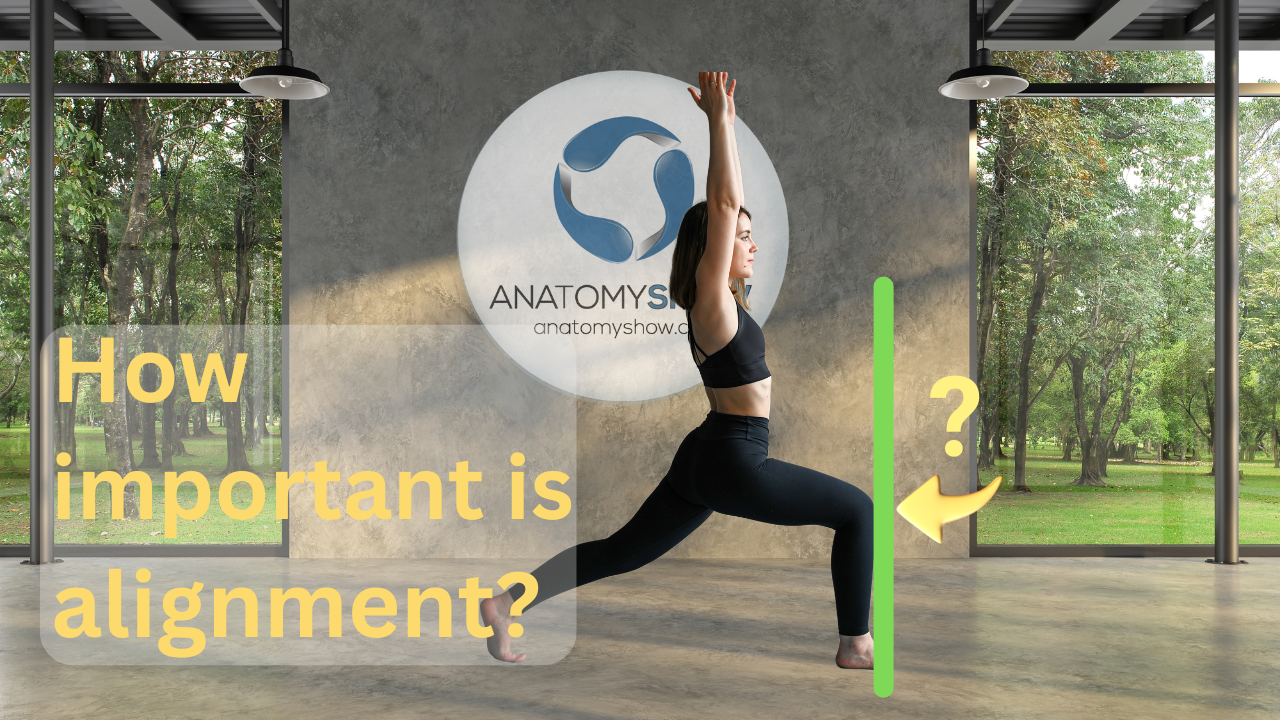The AnatomyShow BLOG
If you’ve ever been told in a yoga class to “lock your elbows,” “straighten your arms,” or “push the floor away,” you might have wondered: How am I supposed to lock my elbows and still engage my muscles? And even more confusing: Should I be locking them at all?
This is a surprisingly common question—...
Walk into any yoga class, and you’ll likely hear familiar cues: “Engage your core,” “Draw the shoulder blades down the back,” “Relax your jaw.” These instructions are intended to keep practitioners safe and aligned—but they are also, by nature, general. They’re designed to fit a room full of differe...
As we grow older, it’s no secret that our bodies—and sometimes our lifestyles—begin to change. Energy levels might dip. Joints may stiffen. Muscles may lose some of their former strength. Activity levels often decline not because we want to be sedentary, but because the motivation for movement becom...
Yoga, with its various traditions, offers an incredible array of physical and mental benefits. One of the key debates within modern yoga practice revolves around the efficacy of holding a pose compared to dynamically moving in and out of postures. While dynamic movement has its place, recent researc...
Yoga has become an integral part of modern wellness routines. Over the years, there has been growing emphasis on the importance of “alignment” in yoga postures. Teachers often guide students to "align" their bodies in a specific way to avoid injury and gain the maximum benefits from the practice. Ho...
Beneath the postures and movements of yoga as a physical practice lies a profound tool for calming the nervous system: breath. You can cultivate flexibility, strength, and balance while slowing the heart rate, reducing stress, and creating a deep sense of calm. This is unlike cardiovascular fitness ...
When it comes to yoga practice, the phrase “stand with your feet parallel” is frequently mentioned. However, many practitioners find themselves questioning what this actually means and whether it’s truly achievable. To explore this concept more deeply, we’ll examine the anatomical structure of the f...
Yoga is a profound practice that offers a myriad of benefits for the body and mind. Among its repertoire of poses, back bends stand out as static or dynamic movements that not only strengthen the spine but also cultivate flexibility and resilience. Central to mastering these poses is understanding t...
Yesterday I was sitting together with another senior yoga teacher to catch up after some time of not seeing each other.
Invariably at some point the conversation spiralled back to yoga practice and teaching.
What we had noticed was a continued rise of the popularity of Pilates training, studios and e...
Hip mobility, glute strength, and internal rotation are essential components of a healthy movement system. The fascia, the connective tissue network that surrounds and supports the muscles, bones, and organs of the body, plays a critical role in optimizing these components.
Hip Mobility from a Fasc...
Are you still making this mistake?
Warrior 3 can be a strong pose. Both as a challenging balance and to lift the body horizontally into a line or slight back bend.
We might feel the muscle engagement in the hamstring area of the lifted leg, most people might also notice the gluteal muscles working har...
This question is not just about downward dog yoga posture. The enquiry can be expanded to question the practice of any pose.
Maybe we can ask what the purpose of any given pose might be.
For you. Not the general purpose. The general purported purpose you can look up in many available yoga books from ...













